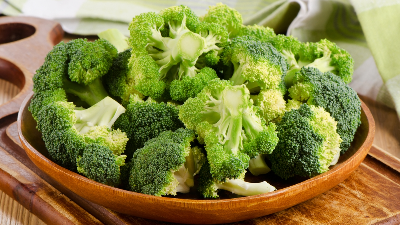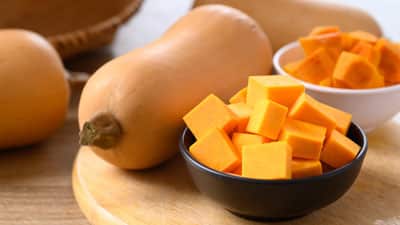 Vegetables are all the different parts of plants that we eat, from the roots to the stems, leaves, flowers, fruits, and seeds! However, when we talk about vegetables, we exclude dried up legumes and seeds, most fruits, and most leafy greens.
Vegetables are all the different parts of plants that we eat, from the roots to the stems, leaves, flowers, fruits, and seeds! However, when we talk about vegetables, we exclude dried up legumes and seeds, most fruits, and most leafy greens.
Fruits that are considered vegetables include those that are less sweet and that are typically included as part of a savory dish, such as peppers, tomatoes, or squash.
Now, you’ve probably heard the phrase: Eat the rainbow. This applies to all plant foods, but especially to the richest in color diversity: fruits and vegetables. Their different colors represent different phytonutrients: orange veggies are packed with beta-carotene, purple vegs are rich in anthocyanins, greens are rich in lutein and zeaxanthin, red tomatoes are great sources of lycopene, and so on. Each of these phytochemicals has important roles in our health, so it is important to “eat the rainbow” in order to give all these beneficial nutrients to our body.
Vegetables are also important sources of essential vitamins and minerals, as well as fiber. And they do contain protein, though in smaller amounts than when compared with legumes, nuts, seeds, or whole grains.
Popular Vegetables and Categories
There are different ways to categorize vegetables. We have starchy vegetables like potatoes, sweet potatoes, and squash. Then we have all the non-starchy vegetables. And among them, we have a very important category: cruciferous vegetables. This includes all vegetables in the cabbage family, like red or green cabbage, broccoli, and cauliflower. These vegetables are rich in a powerful phytonutrient named sulforaphane, which has very strong anti-cancer powers. For this reason, we should try to include them every day. We can also eat cruciferous leafy greens.
Below, you will find some of the most popular and nutritious vegetables. Click on each link to go to their interactive pages and learn more about their nutritional value, tricks to prepare them, and some interesting facts. Subscribe to our newsletter and be the first to know about our latest content additions.
Vegetables Nutrition Interactive Pages
Visit our vegetables nutrition interactive pages and learn about their nutrition values, how they can support your health, and tips to prepare them and make delicious meals!









